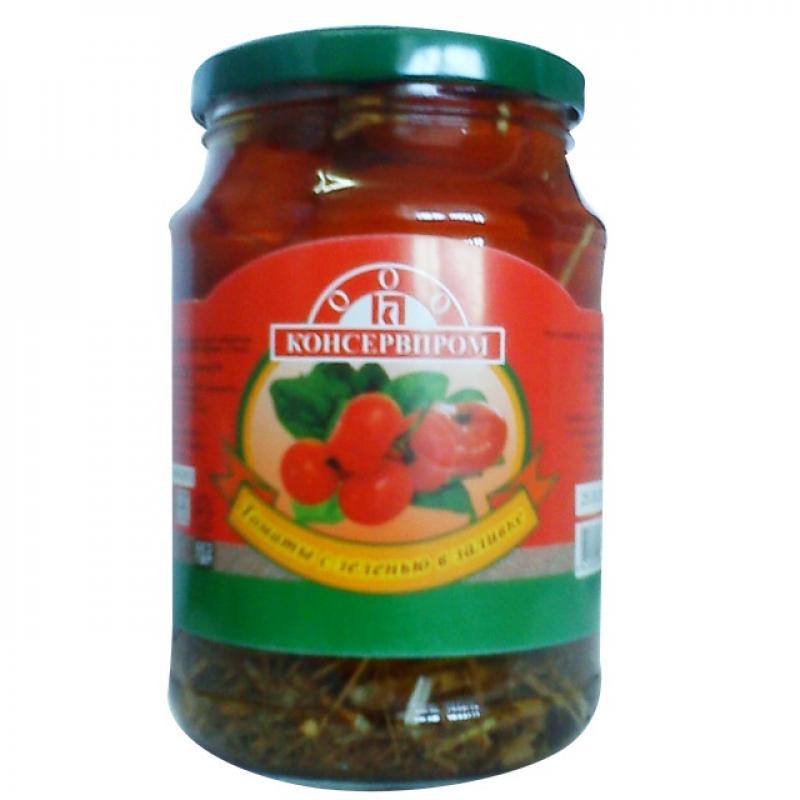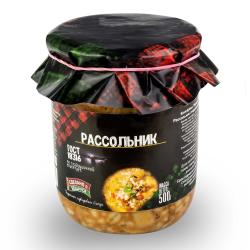Pickled Tomatoes at wholesale
Negotiated Price
The name tomato comes from the Italian pomo d'oro - a golden apple. The Aztecs had the real name - Matl, the French converted it into French. tomate (tomato). Homeland - South America, where wild and semi-cultured forms of tomato are still found. In the middle of the XVI century, tomato came to Spain, Portugal, and then to Italy, France and other European countries, and in the XVIII century - to Russia, where at first it was cultivated as an ornamental plant. Tomatoes are one of the most common and valuable vegetable crops. Tomato fruits contain a lot of vitamin C (100 mg%), p-carotene (1 mg%), they are rich in organic acids such as malic and citric, minerals. And the nutritional value of tomatoes is quite large: 100 g of fruit contains 31 kcal. They contain sugar (3%), mainly glucose and fructose; organic acids (0.5%), including citric, malic, oxalic, succinic, tartaric; fiber (0.84%>, pectin (0.13%), vitamins: C (18–39 mg /%), B1, (0.3–1.6 mg /%), B2 (1.5– 6 mg /%), folic acid (1.7 mg /%), carotene (0.73 mg /%). The color of the fetus is determined by carotene, lycopene (7.85 mg /%) and xanthophyll (0.16 m /% Mineral substances (0.61%) are represented by potassium, sodium and iron salts, nitrogenous (0.69-1.01%) - by protein nitrogen (albumin, nuclein, glutamic acid, globulin, histidine, arginine and lysine). such a biochemical composition of tomatoes in scientific medicine are widely used in clinical nutrition as an additional source Nickname replenishment of the body with vitamins and mineral salts.


 Russia
Russia



